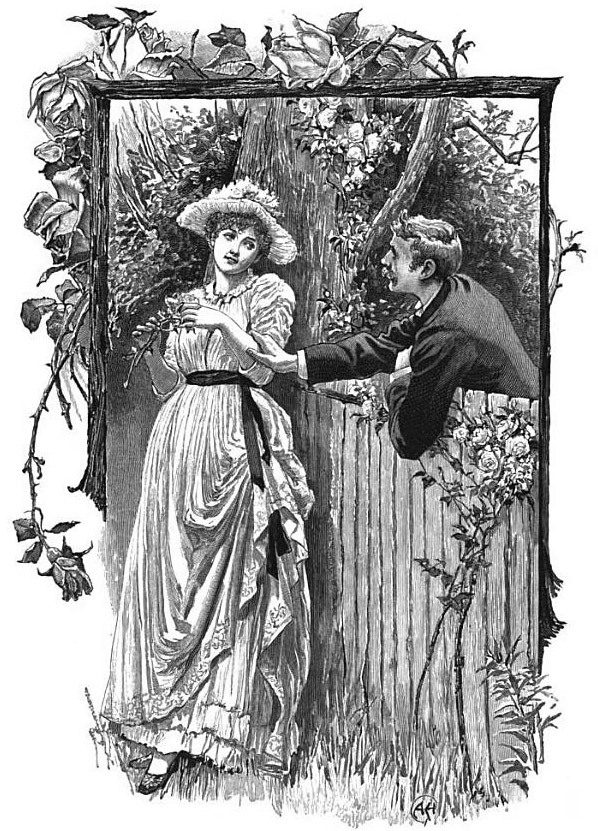The Matrimony Business February 6, 2016
Author: Beach Combing | in : Modern , trackback
You are living in the middle of the nineteenth century and, man or woman, you have failed to get your mate for life. Perhaps you regret, saying, ‘no’ to the third son of a duke: or perhaps you regret asking twelve daughters of men in ecclesiastical offices. The point is that, tick toc, time is running out for you. But you are only 35… Consider this useful table of when women got married in the nineteenth century: ‘Out of a 1000 women’
14-15 = 32
16-17 = 101
18-19 = 219
20-21 = 233
22-23 = 165
24-25 = 102
26-27 = 60
28-29 = 45
30-31 = 18
32-33 = 14
34-35 = 8
36-37 = 2
38-39 = 1
Beach is a bit suspicious because this data comes in a book entitled Some Remarks on Matrimonial Advertisements (1832), that made the case that time’s winged chariot was chasing on and that if you are passed, well, 24, you are in serious trouble. The author seems to have had some of the right ideas: a nice combination of romance and steady-square headed pragmatism, but it is clear that he made money from introducing men and women who had failed to get themselves married off before their wisdom teeth came through. In fact, Beach was fascinated to learn that marriage agencies made big business in the nineteenth century. Here is one early advertisement. The idea of a portfolio, naturally with photographs etc, is used by some high class agencies today.
A gentleman of the highest respectability and connections, has 2 Establishments called the MATRIMONIAL ALLIANCE, one of which is conducted by himself, to give interviews to Gentlemen; and the other by Lady, exclusively for Ladies. —Portfolios are published Monthly containing copies of Letters without name or address inserted by Gentlemen of rank and fortune, by Gentlemen in the Army and Navy, and Professional and other Gentlemen of Property, who are desirous of entering into the Holy estate of Matrimony. It is impossible to appreciate the utility of these Establishments, their beneficial results, or the delicate manner in which they are conducted, except on a perusal of the Explanatory Pamphlet, and the Rules, in which will be found a thorough explanation of the whole system, and may be obtained by applying personally or by letter to A. 8., care of Mr. PROUDFOOT, 63, Mortimer Street, Cavendish Square. The price of the Pamphlet is 1s. and the Rules are charged 10s., as some guard against idle curiosity and the applications of ineligible persons. The Monthly Portfolio is now ready, and contains many letters of Gentlemen from the ages of 24 to 55, possessing property from £400 to £2000 a year, extracts from which can be forwarded to Ladies, their Parents or Guardians, on being furnished with the age and circumstances of the parties applying. The best references will be given if required, and the most implicit secresy and honor will be observed.
It would be wonderful to get a glimpse of one of these portfolios, but these are presumably the most ephemeral of all nineteenth-century publications? The most famous of all the nineteenth century matrimonial agencies was the immortal Matrimonial Herald. Before they were arrested the management of this august publication put out adverts through the British and Irish press. Anyone familiar with modern dating wiles will recognize some of their tricks. Membership was 10 pounds 10 shillings, but was offered at half that to men because there were so many single women enrolled (!). Once corresponding with women the man received a letter from the MH saying that on marriage they would have to pay 2.5% of the woman’s estate to the matching agency: or they could pay 12 pounds upfront and so avoid a price of thousands afterwards: they paid and the corresponding woman mysteriously disappeared… When the police finally broke down the doors in 1895 they found 30,000 men and women on the agencies books. An extraordinary number. Imagine what a resource for social history that would be were someone able to dig it out of police records…
Other insights into the history of ‘online’ dating: drbeachcombing At yahoo DOT com
Anyone wanting more background on nineteenth-century matrimonial ads.


